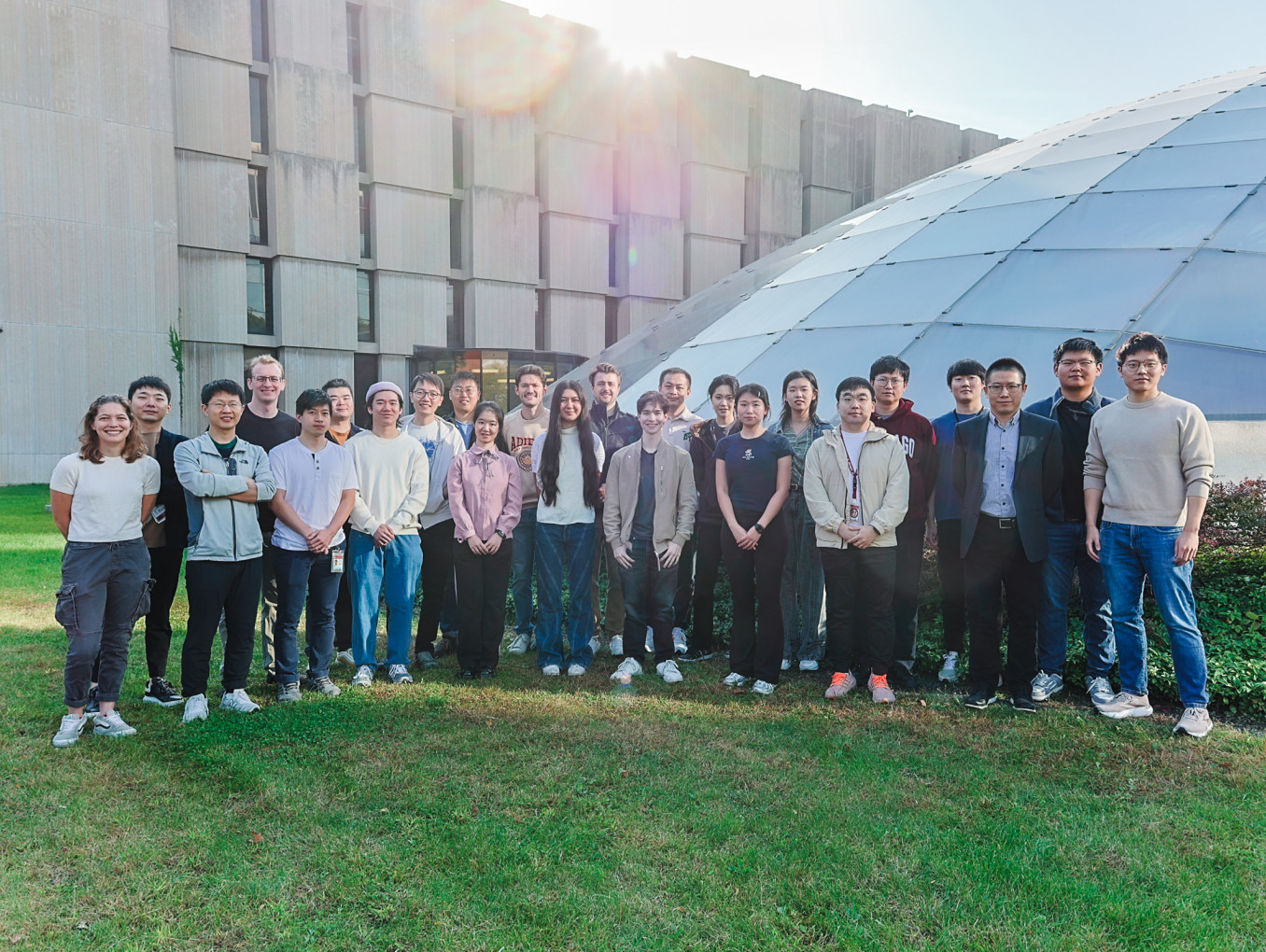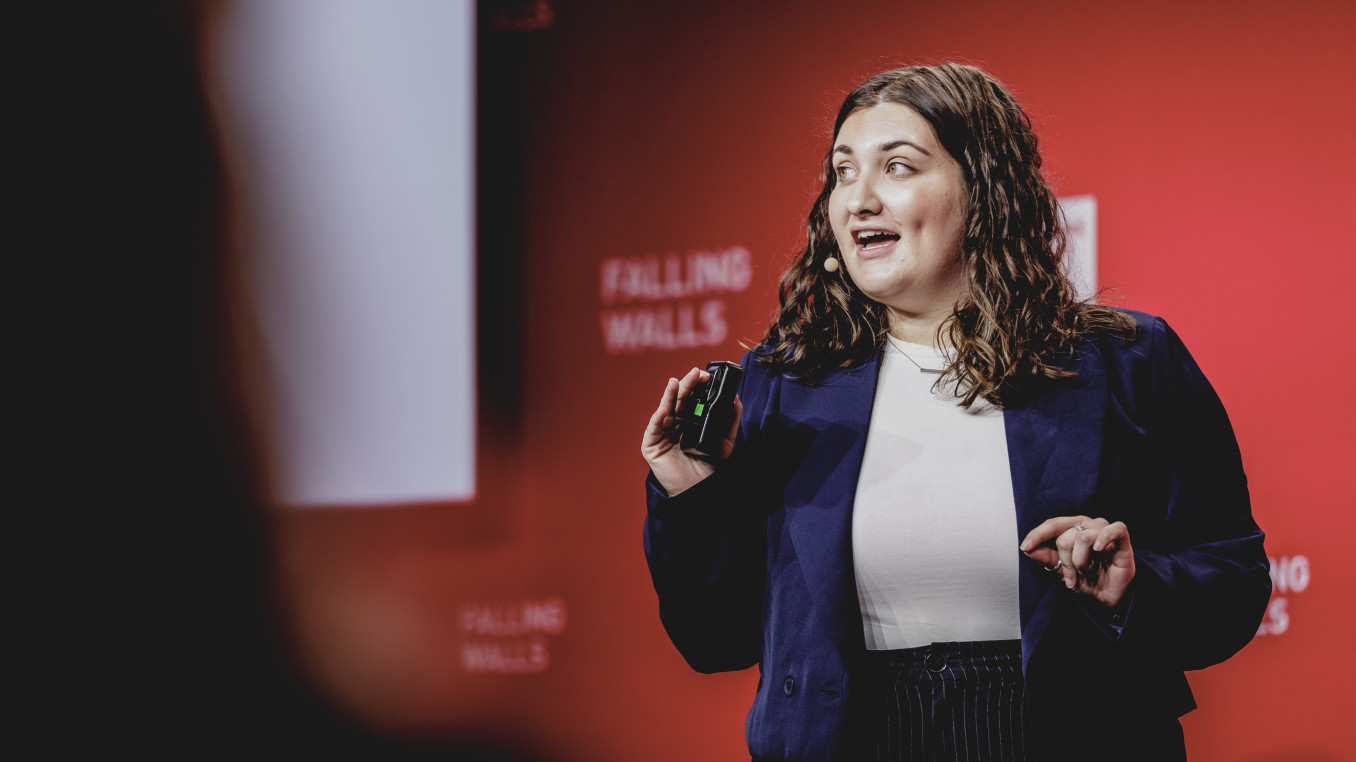Breaking the Wall of Rejection–Free Medical Implants
Breaking the Wall of Rejection–Free Medical Implants
Global Call 2025 Finalist Interview: Engineering & Technology
Sihong Wang received his Ph.D. degree in Materials Science and Engineering from Georgia Tech in 2014 and his B.S. from Tsinghua University in 2009. From 2015 to 2018, he was a postdoc fellow at Stanford University. He has published over 80 papers in numerous high-impact journals, including Science, Nature, Nature Materials, Nature Electronics, Nature Sustainability, etc. His research group currently focuses on soft polymeric bioelectronic materials and devices as the new generation of technology for biomedical studies and therapeutics. As of August 2025, his research has been cited more than 30,700 times and he has an H-index of 68. He was recognized as a Highly Cited Researcher by Clarivate Analytics from 2020 to 2024, and was awarded the NIH Director’s New Innovator Award, NSF CAREER Award, ONR Young Investigator Award, MIT TR35 Global, etc.
Which wall does your research or project break?
Implantable electronic devices—such as pacemakers, brain stimulators and continuous glucose monitors—hold immense promise for improving human health. Yet, a persistent barrier stands in the way of their long-term success: the body’s immune system. When these devices are implanted, the body often perceives them as foreign threats, triggering chronic inflammation and the formation of scar tissue that degrade device function over time. This "foreign-body response" is one of the main reasons why up to 30% of implants eventually fail, contributing to billions in healthcare costs and lost quality of life.
My research breaks this wall by transforming how we design electronic materials to interact with the immune system. Instead of passively accepting immune rejection or relying on coatings or drugs to suppress it—strategies that often compromise device performance—we embed immune-modulating capabilities directly into the materials themselves.
Through innovative molecular and physical design, we developed polymer-based electronic materials that inherently minimize immune activation. These include ultra-soft hydrogel semiconductors that match the softness of biological tissue and novel semiconducting polymers that reduce scar formation by up to 70% without sacrificing function. These advances represent the first time that principles from immunology and electronic materials science have been unified in this way.
The result is a new generation of implantable bioelectronics that can remain stable, functional and "invisible" to the immune system over long periods—paving the way for safer, more reliable medical implants that can truly integrate with the human body to support health.
What is the main goal of your research or project?
Implantable electronic devices hold the power to prevent life-threatening conditions like heart attacks, manage chronic diseases such as diabetes and restore lost functions through brain and nerve stimulation. By continuously monitoring health signals and delivering precise therapeutic interventions from within the body, these devices represent a major leap toward personalized, proactive healthcare.
Yet despite their promise, a fundamental challenge remains: the body’s immune system. Most implants are seen as foreign invaders, triggering inflammation and scar tissue that degrade device performance and limit their lifespan. Current strategies—like drug release or protective coatings—offer only short-term solutions and often come with trade-offs in safety or function.
The goal of my research is to overcome this limitation by reimagining the materials at the heart of these devices. We develop bioelectronic materials that are not only functional but also inherently accepted by the body—chemically, mechanically and immunologically.
What advice would you give to young scientists or students interested in pursuing a career in research, or to your younger self starting in science?
My advice is to start with the big picture. Ask yourself: What are the most pressing challenges facing our society? Whether it’s human health, climate change, sustainable energy or access to clean water, the problems are enormous—but so are the opportunities to make a meaningful impact.
At the same time, pay close attention to the evolution of technology. Scientific breakthroughs don’t happen in a vacuum—they emerge at the intersection of societal need and technological readiness. Try to understand where the world is going and where new scientific tools can unlock transformative solutions.
Build a broad perspective early on. Learn to connect ideas across disciplines, even if they seem far from your comfort zone. Some of the most exciting breakthroughs come from unexpected combinations—like merging electronics with immunology or using materials science to solve biomedical problems. Don’t limit yourself to what you already know. Keep learning continuously and develop the ability to think deeply—beyond surface-level questions—toward the root of each problem.
And finally, be brave. Research is not a linear path and meaningful progress often comes from taking risks—trying a new idea, switching fields or challenging conventional thinking. It’s easy to stay in your comfort zone but true innovation lies beyond it. Dare to ask big questions and be willing to take the leap even if the outcome is uncertain.
If I could go back and talk to my younger self, I would say: think boldly, stay curious and don’t be afraid to carve out your own path. The most rewarding parts of a scientific journey often begin where certainty ends.
What inspired you to be in the profession you are today?
To solve the big challenges of the world and humanity, by advancing cutting-edge technology and educating the next generation of innovators.
What impact does your research or project have on society?
My work seeks to transform the design of electronic materials and devices that interface with the human body and promote better health.
What’s the most exciting moment you've experienced over the course of your research or project?
For the first time seeing our results of suppressed immune reactions from our material designs.


